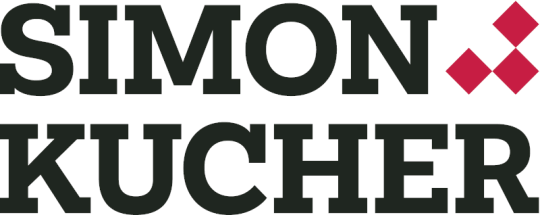For growth strategy cases, should we look at the current industry size/growth rates first, compare it to our client's, before deciding on a strategy? To me, it seems like a very slow and inefficient way of doing so, but it is definitely MECE.
I prefer a more direct approach. As an example, is it okay if I open the case directly and say:
"I'd like to look at two branches - organic and inorganic growth.
For organic growth, I have 5 strategies in mind and look to test them accordingly. First, I want to look at the possibility of entering a new market - to determine this, I will look at which markets our client is strong in and decide where to expand based off that. Next, I want to look at increasing distribution channels - to determine this, ..... . Third, I want to look at our product offerings and see if we can introduce new products or further differentiate - to determine this, .... . Fourth, I want to look at our pricing model and see if we can optimise it by increasing/decreasing it to drive up revenue - to determine this, .... . Lastly, I want to look at our promotion/marketing efforts and whether it has been useful in driving sales - to determine this .... .
For inorganic, I'd like to look at the possibility of a horizontal M&A, vertical M&A, and a JV"
My concern is that it is not MECE, or I may miss out on very important information such as a certain revenue stream that our client isn't growing very quickly in.
I will appreciate any advice on how to structure better for growth strategy cases.
(editiert)










.
(editiert)
.
(editiert)
Hi Vlad, unless mistaken you mixed-up organic and inorganic, organic being the the things you can do internally, and inorganic being acquisitions?